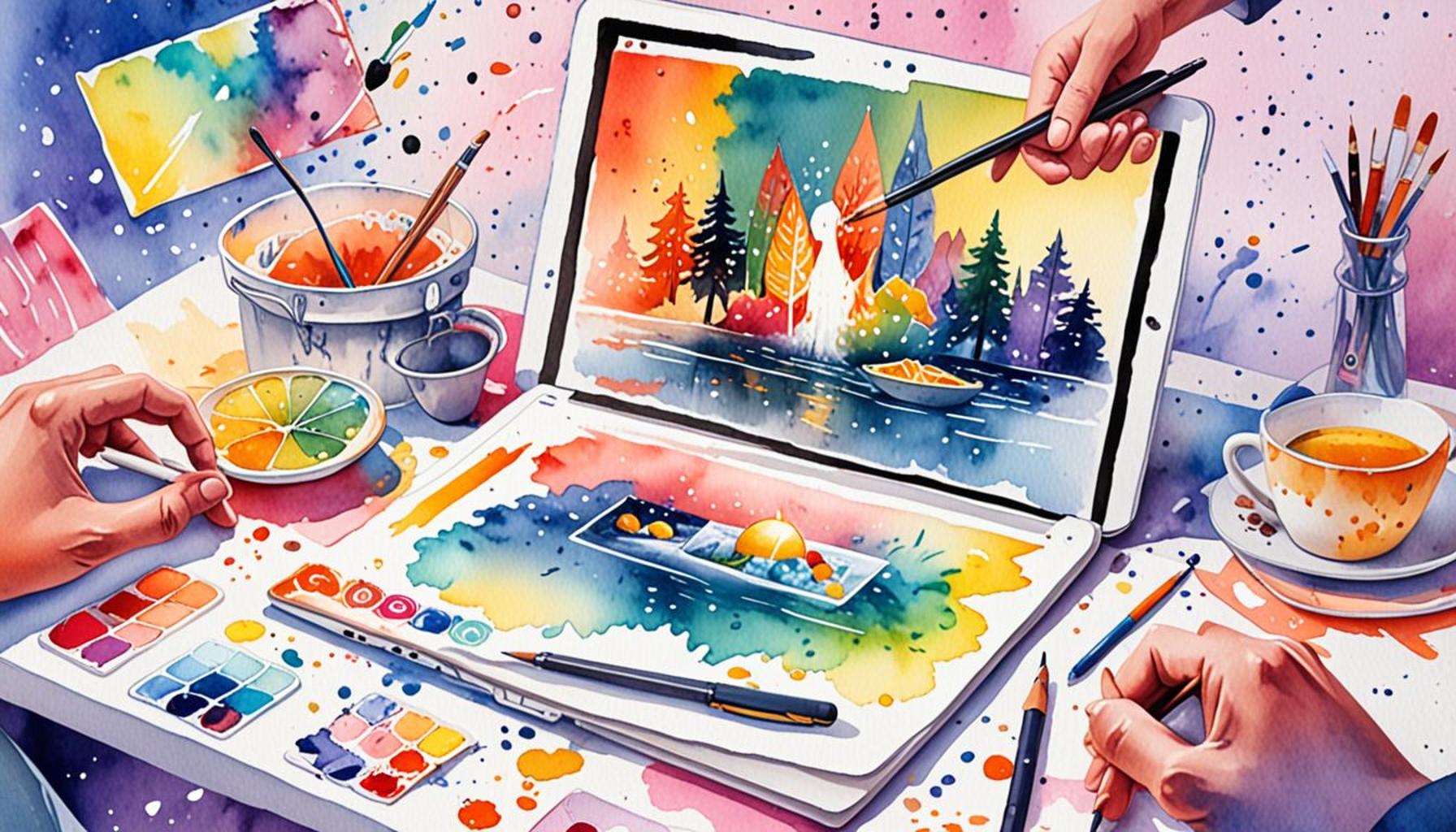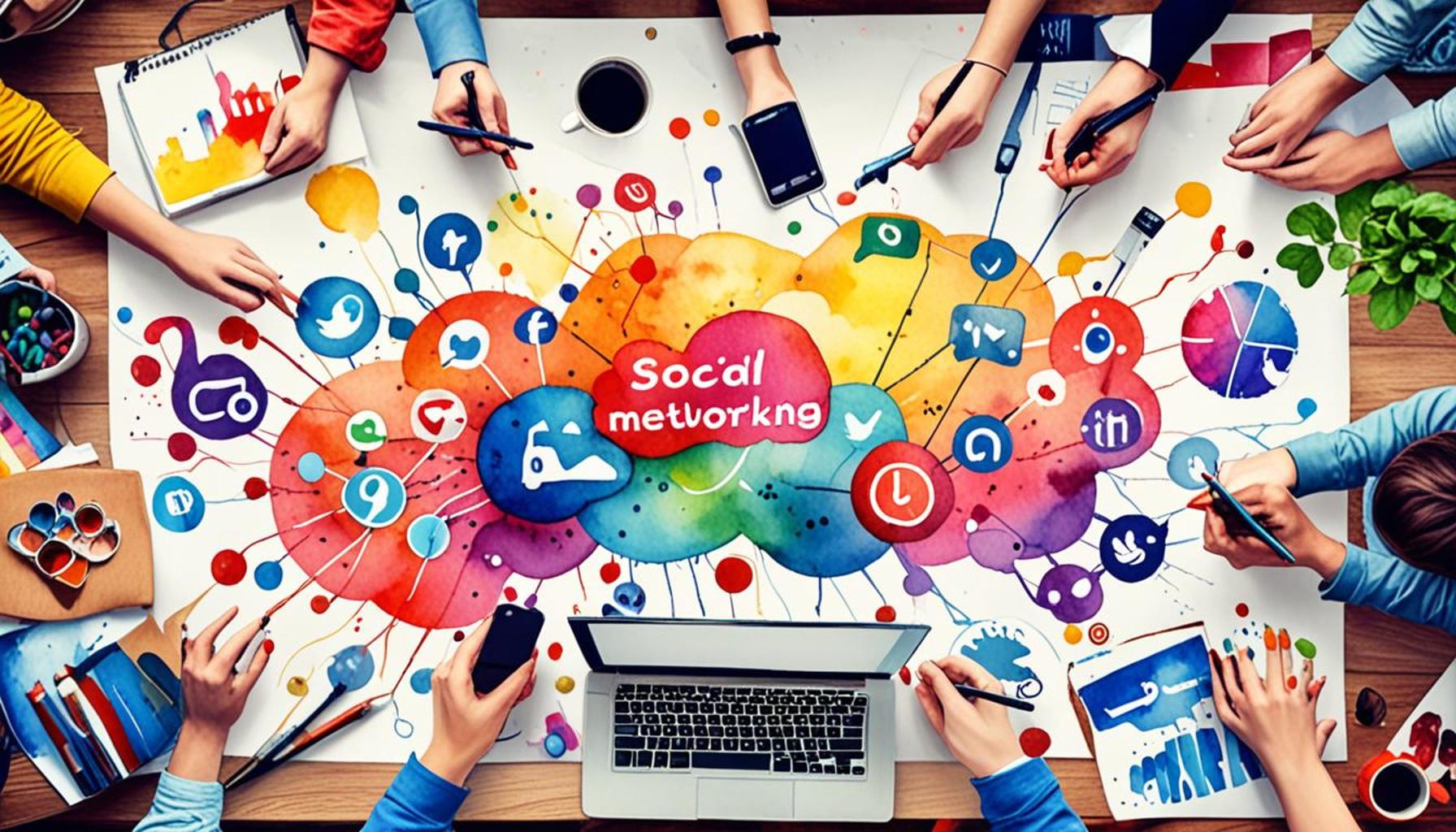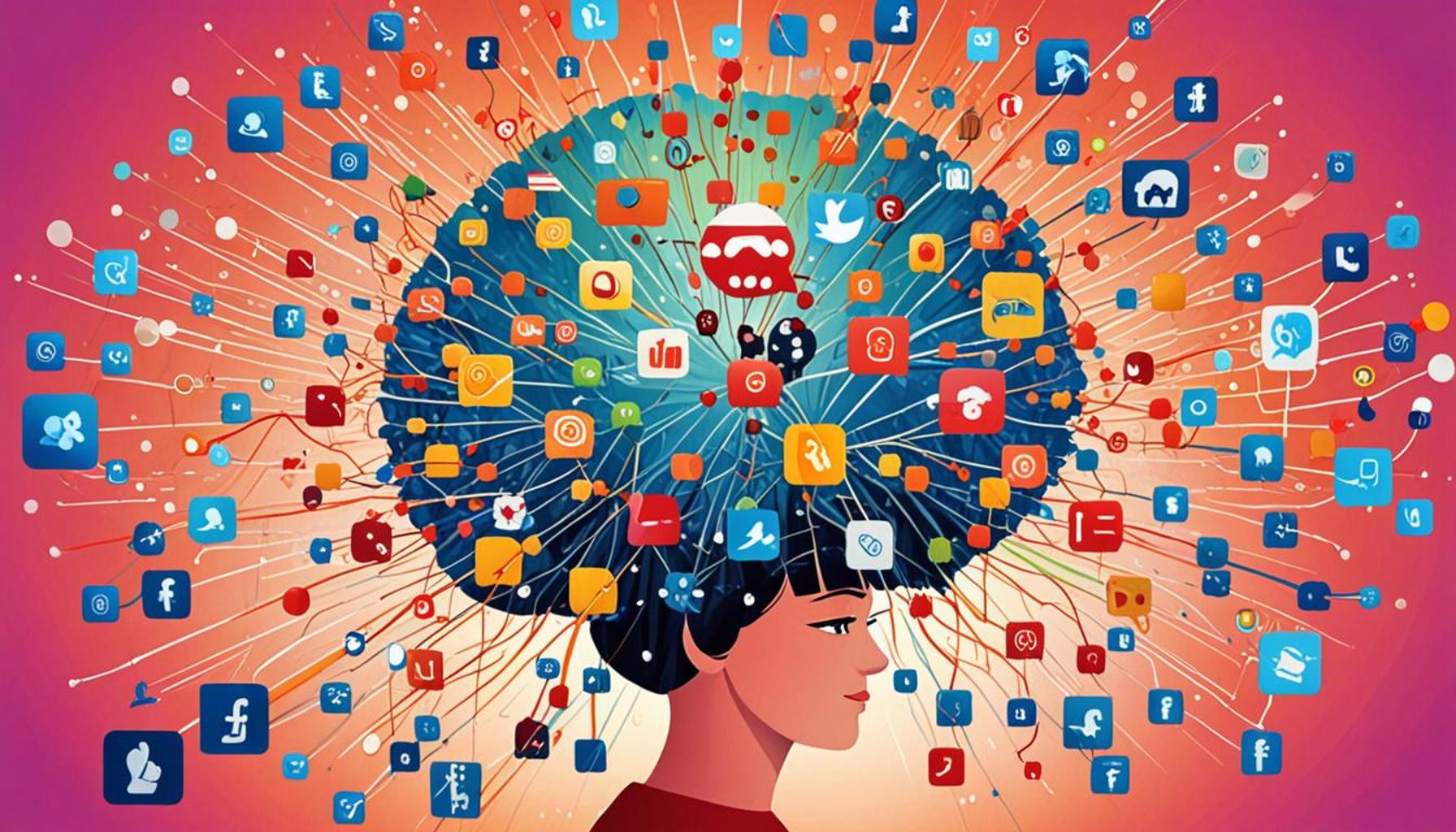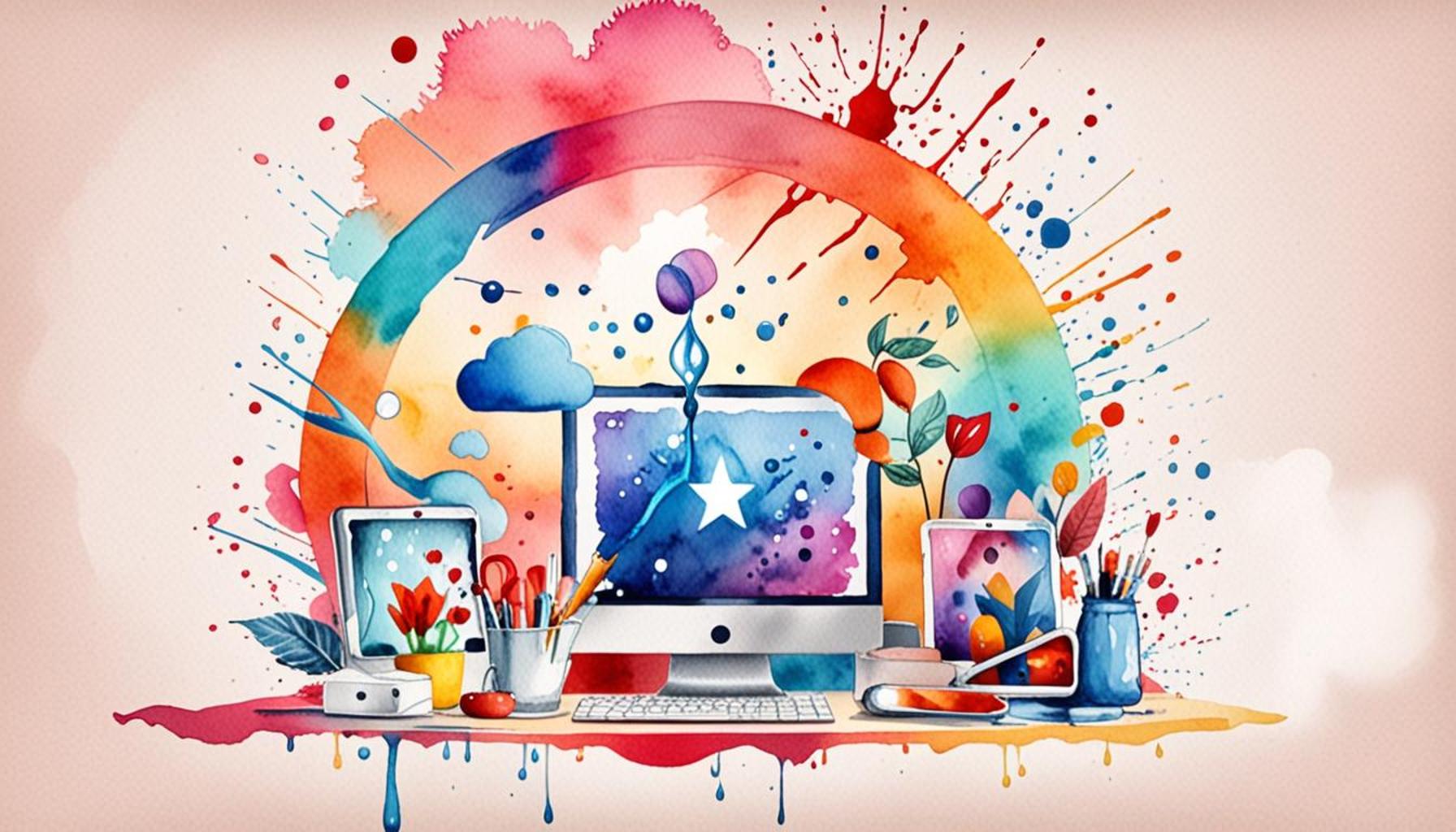The Impact of User-Generated Content on Online Campaigns

The Rise of User-Generated Content
The digital landscape is transforming rapidly, with user-generated content (UGC) emerging as a cornerstone of successful online campaigns. Brands are increasingly recognizing the power of authentic consumer voices in shaping public perception and engagement. With more than 79% of consumers reporting that user-generated content highly impacts their purchasing decisions, businesses cannot afford to ignore this trend.
Factors Enhancing UGC’s Significance
There are several factors that underscore the importance of user-generated content in modern marketing strategies:
- Enhanced Engagement: Campaigns featuring user-generated content often attract higher interaction rates. This is because consumers are more likely to engage with content created by their peers rather than traditional advertising. For instance, a study revealed that posts featuring UGC generate 6.9 times higher engagement than brand-generated content, encouraging deeper customer involvement.
- Trust and Credibility: Content created by users tends to be more relatable and accessible, fostering trust among potential customers. A survey by Nielsen found that 92% of consumers trust organic, user-generated content more than brand-sponsored content. This trust can significantly sway purchasing decisions, as consumers feel more connected to genuine reviews and experiences.
- Cost Efficiency: In the quest for high-quality content, brands can significantly reduce production costs by leveraging existing user-generated material. Instead of investing heavily in professional photoshoots or video production, brands can encourage their audience to share their genuine experiences, ultimately leading to savings while still maintaining an engaging content pipeline.
Examples of Successful User-Generated Campaigns
Examples of successful UGC can be seen across various platforms. Social media challenges, like the #ShareaCoke campaign by Coca-Cola, encouraged consumers to share pictures with bottles featuring their names. This not only increased brand visibility but also generated significant customer interaction as individuals sought bottles with their names or shared creative images.
Similarly, Nike launched the #JustDoIt campaign, motivating consumers to post videos of their athletic achievements. This initiative not only celebrated community engagement but also inspired others, resulting in a wealth of motivational content that resonated deeply with audiences.
The Evolving Influence of UGC in Marketing
With the advent of platforms like Instagram and TikTok, the influence of user-generated content continues to grow exponentially. TikTok, for instance, encourages users to create short videos, and brands are now collaborating with these creators for authentic promotions that feel less like advertisements and more like personal recommendations. This shift is crucial as businesses navigate a dynamic environment marked by evolving consumer behavior and expectations.
As businesses increasingly rely on UGC, understanding its impact on online campaigns is essential for aligning marketing strategies with consumer expectations. Brands that harness the power of user-generated content can create more meaningful connections with their audiences, driving engagement and ultimately leading to increased sales and loyalty.
LEARN MORE: This related article may interest you
The Role of User-Generated Content in Shaping Brand Perception
User-generated content (UGC) acts as a powerful tool in the hands of brands seeking to influence consumer behavior and shape their overall identity in the marketplace. In an age where consumers are bombarded with traditional advertising, authentic content created by their peers stands out. UGC can effectively humanize a brand, presenting it not just as a faceless entity, but as part of a community connected through shared experiences and stories.
Building Community and Fostering Loyalty
One of the most significant impacts of user-generated content is its ability to build a sense of community among consumers. When individuals see their contributions shared by brands, it creates an emotional connection that can lead to enhanced loyalty. Research indicates that brands that prioritize community-driven UGC experience a 23% increase in customer loyalty. This translates into not only repeat purchases but also advocacy, with loyal customers becoming vocal proponents of the brand.
Encouraging Authentic Interactions
In today’s digital world, authenticity is paramount. Consumers are increasingly skeptical of polished, professionally produced ads. UGC offers a refreshing change, as it features real people showcasing real experiences with the brand. This authenticity resonates particularly well with younger consumers, who are drawn to brands that align with their values. A survey conducted by Stackla found that 79% of consumers believe user-generated content highly impacts their purchasing decisions, particularly when deciding between competing brands.
Leveraging Social Media Platforms
Social media platforms have emerged as the primary catalysts for user-generated content. Brands that effectively tap into these platforms can mobilize their customer base to create diverse, engaging content. For example, visual platforms like Instagram and TikTok amplify UGC by making it easy for users to share their experiences through photos and videos. A notable instance is the viral nature of the #AerieREAL campaign by Aerie, which encouraged consumers to post unretouched images of themselves. This initiative not only heightened awareness but also spotlighted Aerie’s commitment to body positivity, reinforcing the brand’s ethos.
Research-Backed ROI of UGC Campaigns
The financial impact of user-generated content on online campaigns cannot be understated. Studies show that UGC can lead to a remarkable 29% increase in engagement, and every piece of UGC has the potential to deliver an ROI that is greater than traditional content formats. Additionally, brands that employ UGC into their marketing strategies can see a significant lift in their online visibility and brand recognition, allowing them to stand out amidst the noise of digital advertising.
As companies increasingly integrate user-generated content into their marketing strategies, understanding its multifaceted impact is crucial. This approach not only aligns with evolving consumer expectations but also fosters a deeper, more meaningful connection with their target audience. With a landscape characterized by digital noise, UGC stands as a beacon of authenticity and engagement, guiding brands toward more successful marketing initiatives and lasting consumer relationships.
| Advantage | Impact on Campaigns |
|---|---|
| Authenticity | User-generated content (UGC) enhances the authenticity of marketing campaigns, as consumers view real experiences over promotional messaging. |
| Engagement | Incorporating UGC in online campaigns boosts engagement, encouraging users to participate and share their stories, which increases brand visibility. |
User-generated content plays a pivotal role in reshaping online campaigns. The authenticity that comes with UGC resonates with consumers, fostering trust and credibility in brands. Marketers can leverage this trust by integrating UGC into their strategies; it not only provides a fresh perspective on products but demonstrates real-world usage, enhancing relatability. Furthermore, campaigns that tap into user contributions elicit higher engagement levels. When consumers see their content featured, it encourages them to participate further, creating a dialogue between the brand and its audience. Analytics show that campaigns with UGC have a significantly higher conversion rate, and they are more likely to be shared across social platforms, amplifying reach. By understanding these dynamics, brands can effectively tailor their campaigns to cultivate a community around their products, leading to sustained growth and consumer loyalty. Engaging with UGC not only influences marketing effectiveness but also fosters a deeper connection with the target audience.
SEE ALSO: Click here to read another article
Transforming Marketing Strategies through User Collaboration
User-generated content is not merely a trend; it signifies a pivotal shift in how brands conduct their marketing strategies. By leveraging the voices and experiences of their consumers, brands can not only enhance their campaigns but also drive innovation in their offerings. This collaboration fosters a sense of belonging among customers, allowing them to feel valued and heard, which ultimately translates to long-term engagement.
Harnessing Creativity and Innovation
UGC encourages creativity among users, inviting them to contribute ideas and inspirations that brands can utilize. For instance, campaigns that solicit customer input for new product designs or features can lead to a cohort of engaged consumers who feel personally invested in the brand. A prime example is the Lay’s “Do Us a Flavor” campaign, where consumers submitted their flavor ideas. Not only did this strategy generate a plethora of innovative flavor concepts, but it also fostered a deep connection with the consumer base, culminating in increased sales and brand loyalty.
Enhancing Consumer Trust through Transparency
In an era when transparency is increasingly valued, UGC serves as an effective means to build consumer trust. When potential customers encounter authentic reviews, testimonials, and relatable content from peers rather than corporate messages, they are more likely to view the brand favorably. According to a study by Nielsen, 92% of consumers trust recommendations from individuals—including strangers—over brand messages. This statistic underscores the importance of incorporating UGC into online campaigns, as it serves as a form of social proof that can shift consumer perception and trust in the brand.
The Role of UGC in SEO and Discoverability
Incorporating user-generated content into marketing strategies can substantially improve a brand’s search engine optimization (SEO) efforts. User-created reviews and images add fresh, relevant content to a brand’s website, which search engines favor. A study by HubSpot revealed that pages with user-generated content rank significantly higher in organic search results. By optimizing this content with relevant keywords and tags, brands can enhance their online visibility, attracting new customers while retaining existing ones.
Driving Conversion Rates with Engaging Content
The ability of user-generated content to drive conversions is backed by compelling statistics. Research indicates that UGC can increase conversion rates by up to 10% to 20%. When consumers see real people using and enjoying products, they are more likely to make a purchase. Brands that showcase UGC, such as customer stories or testimonials, can effectively encourage potential buyers to take the plunge. Consider the success of the GoPro brand, which thrives on sharing user-created content that showcases its products in real-world scenarios, ultimately driving remarkable sales figures.
As the landscape of online campaigns continues to evolve, brands must recognize the importance of user-generated content not just as an afterthought, but as an integrated component of their marketing strategies. The ability to inspire creativity, foster trust, enhance SEO, and drive conversions are indispensable advantages in a highly competitive marketplace. Understanding these dynamics ensures that brands remain relevant while engaging deeply with their consumers.
YOU MAY ALSO LIKE: Read read another article
Final Thoughts on User-Generated Content in Online Campaigns
The influence of user-generated content (UGC) on online campaigns is undeniable and is rapidly transforming the marketing landscape. As brands increasingly seek authenticity and engagement, UGC emerges as a powerful tool that bridges the gap between companies and consumers. By tapping into the creativity of users and fostering a collaborative environment, brands not only enhance their appeal but also cultivate loyal customer bases that feel personally invested in the brand’s journey.
The impacts of UGC extend far beyond mere engagement; it significantly enhances transparency and trust among consumers. With valuable insights from peers, potential buyers are more likely to feel reassured when making purchasing decisions. Given that 92% of consumers trust peer recommendations more than traditional advertising, incorporating UGC provides a natural advantage in fostering credibility and brand reliability.
Moreover, UGC plays a crucial role in bolstering search engine optimization. As brands utilize user-created content for SEO, they improve discoverability, allowing them to stand out in a crowded digital marketplace. This strategy not only attracts new customers but also retains existing ones by creating a rich tapestry of fresh, relevant content.
In conclusion, the integration of user-generated content into online marketing campaigns is no longer optional; it is essential. As the marketplace continues to evolve, brands that leverage the voices of their consumers will not only thrive but also set the standard for future marketing best practices. By embracing user-generated content, businesses can enjoy heightened consumer trust, increased conversion rates, and the chance to forge lasting relationships with their audiences—a vital recipe for success in today’s dynamic digital environment.



